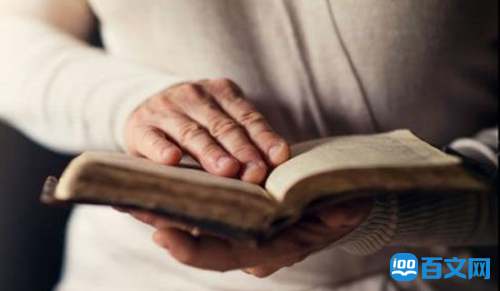高中英语阅读理解与完形填空答案
下面yjbys小编为大家带来高中英语的.阅读理解与完形填空习题以及答案,希望大家喜欢!

阅读理解:
Photos that you might have found down the back of your sofa are now big business!
In 2005, the American artist Richard Prince’s photograph of a photograph, Untitled (Cowboy), was sold for $ 1, 248, 000.
Prince is certainly not the only contemporary artist to have worked with so-called “found photographs”—a loose term given to everything from discarded(丢弃的) prints discovered in a junk shop to old advertisements or amateur photographs from a stranger’s family album. The German artist Joachim Schmid, who believes “basically everything is worth looking at”, has gathered discarded photographs, postcards and newspaper images since 1982. In his on-going project, Archiv, he groups photographs of family life according to themes: people with dogs; teams; new cars; dinner with the family; and so on.
Like Schmid, the editors of several self-published art magazines also champion (捍卫) found photographs. One of them, called simply Found, was born one snowy night in Chicago, when Davy Rothbard returned to his car to find under his wiper(雨刷) an angry note intended for some else: “Why’s your car HERE at HER place?” The note became the starting point for Rothbard’s addictive publication, which features found photographs sent in by readers, such a poster discovered in our drawer.
The whole found-photograph phenomenon has raised some questions. Perhaps one of the most difficult is: can these images really be considered as art? And if so, whose art? Yet found photographs produced by artists, such Richard Prince, may riding his horse hurriedly to meet someone? Or how did Prince create this photograph? It’s anyone’s guess. In addition, as we imagine the back-story to the people in the found photographs artists, like Schmid, have collated (整理), we also turn toward our own photographic albums. Why is memory so important to us? Why do we all seek to freeze in time the faces of our children, our parents, our lovers, and ourselves? Will they mean anything to anyone after we’ve gone?
64. The first paragraph of the passage is used to _________.
A. remind readers of found photographs
B. advise reader to start a new kind of business
C. ask readers to find photographs behind sofa
D. show readers the value of found photographs
65. According to the passage, Joachim Schmid _________.
A. is fond of collecting family life photographs
B. found a complaining not under his car wiper
C. is working for several self-published magazines
D. wondered at the artistic nature of found photographs
66. The underlined word “them” in Para 4 refers to __________.
A. the readers
B. the editors
C. the found photographs
D. the self-published magazines
67. By asking a series of questions in Para 5, the author mainly intends to indicate that ________.
A. memory of the past is very important to people
B. found photographs allow people to think freely
C. the back-story of found photographs is puzzling
D. the real value of found photographs is questionable
68. The author’s attitude towards found photographs can be described as _________.
A. critical B. doubtful C. optimistic D. satisfied
【高中英语阅读理解与完形填空答案】相关文章: